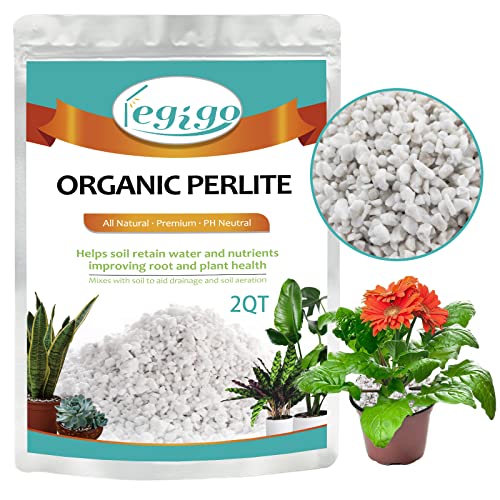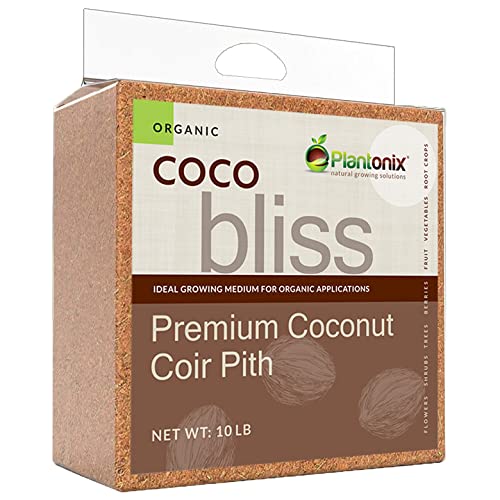How to make peace lily potting mix – a DIY recipe guaranteed to bring you more of these sophisticated blooms
Peace lilies just need a few essentials in their potting mix to keep them happy
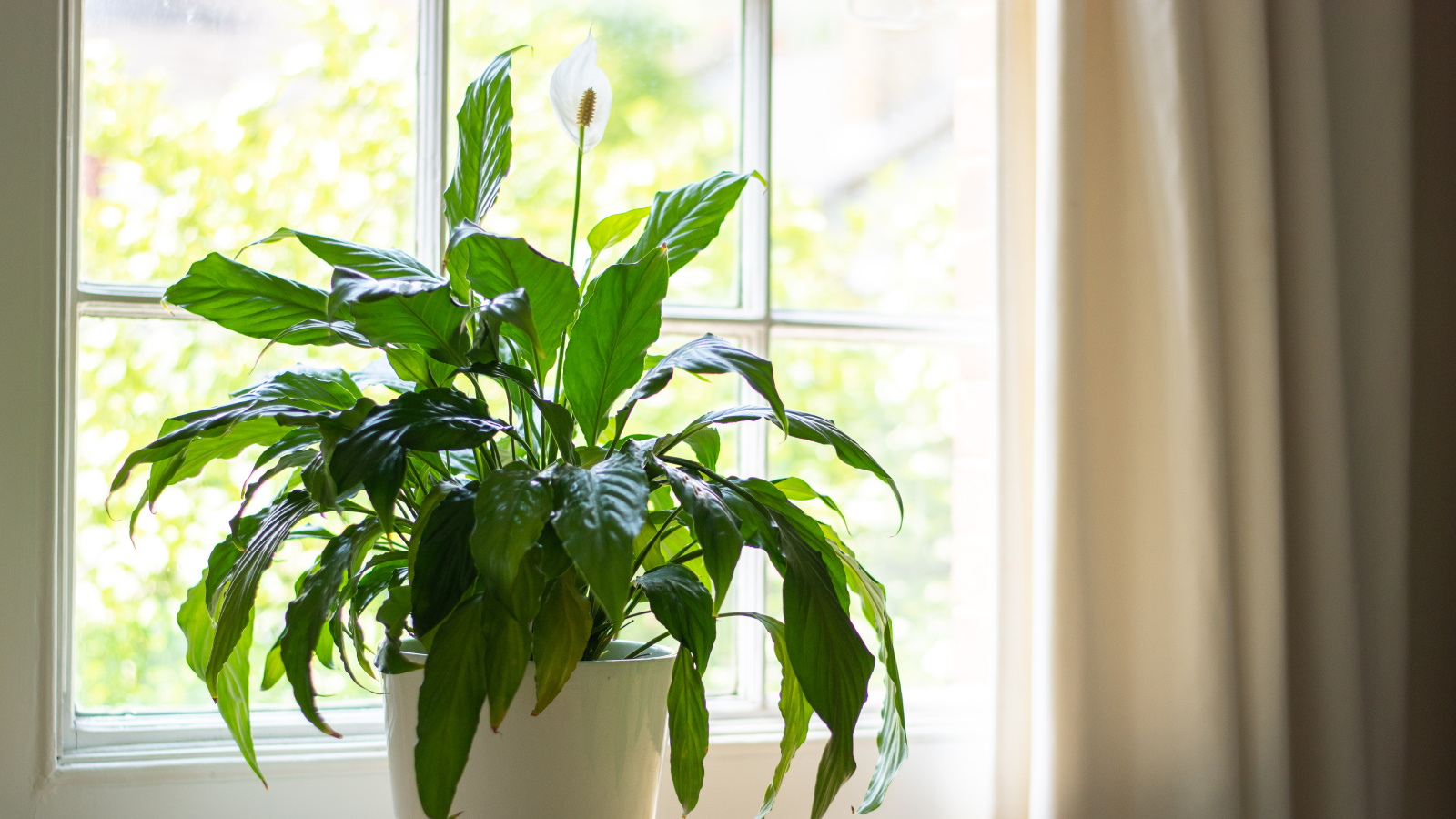

Making your own potting mix is one of the joys houseplant lovers and container gardeners share. Knowing that you're giving your plant exactly what it needs makes it all the more rewarding to watch it thrive. Peace lilies are among popular indoor plants that can benefit from a DIY potting mix.
Just as there are a few key requirements for peace lily care, there's a bit of an essential criteria to meet when you opt to make peace lily potting mix. While there's no denying the glossy foliage of peace lilies is attractive, this plant is mainly loved for its white blooms that bring a touch of sophistication to interiors. To get a wonderful display of these flowers that lasts longer, peace lilies needs to be growing in the right medium.
That's why you might notice your peace lily drooping; a sign its growing environment needs adjusting. So, whether you're looking for a fun DIY to do or want to help your plant grow more happily, try following our expert guide below on how to make peace lily potting mix.
Peace lily potting mix recipe
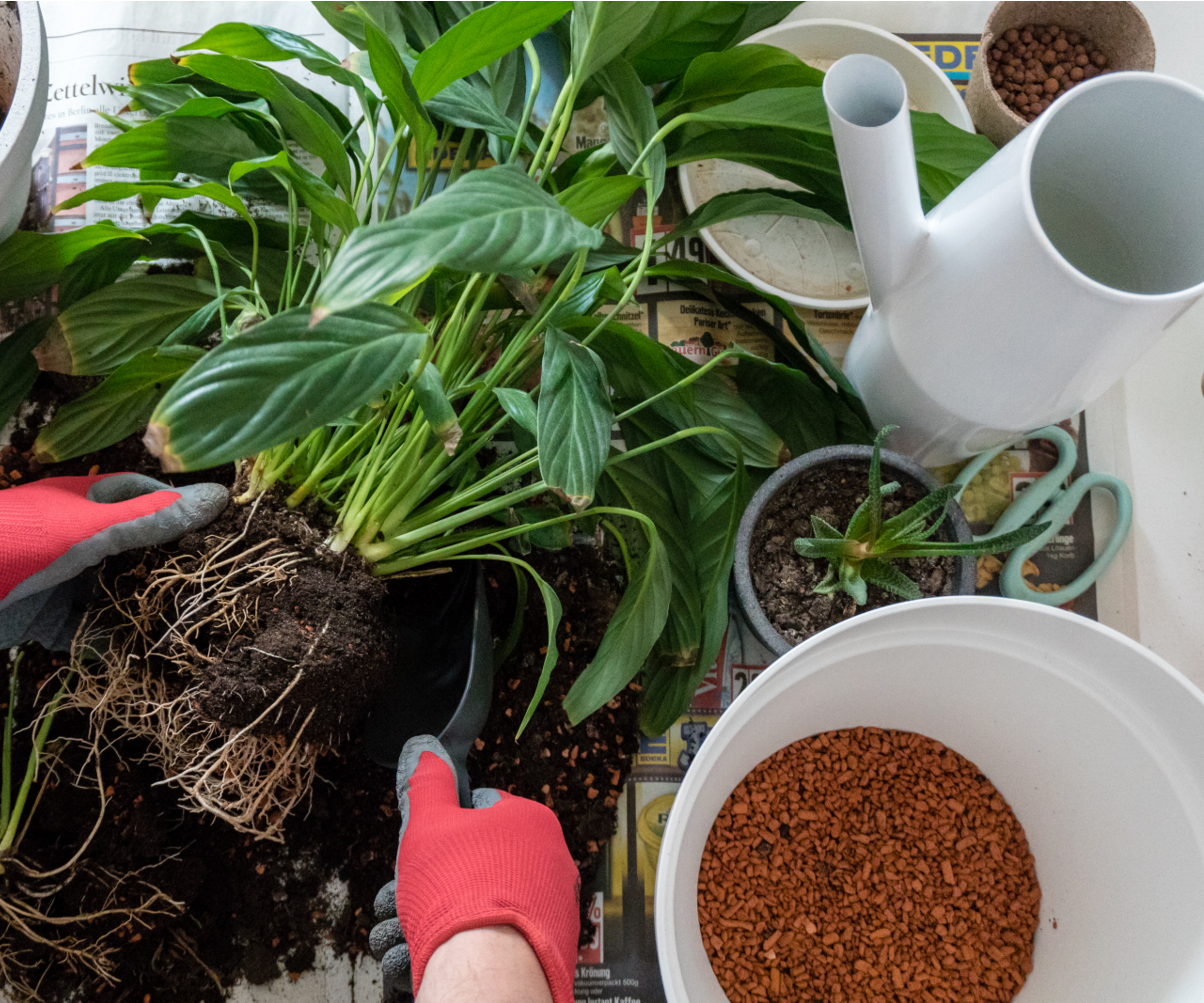
Whether you're growing a peace lily outdoors in your container garden or growing it as one of the best indoor flowering plants, you can make peace lily potting mix using this simple recipe.
Here's what you'll need:
- Pine bark
- Coco coir
- Perlite
- Horticultural charcoal
- Optional gravel or pebbles
'Start with putting some good horticultural charcoal (available at Amazon) in the bottom of the new pot your peace lily is getting potted into,' advises Alex Kantor, plant expert and Owner at Perfect Plants Nursery.
Cover the bottom inch of your pot with a layer of horticultural charcoal to add drainage and help keep mold and mildew at bay. Peace lilies are prone to houseplant root rot when overwatered, so it's important to create a well-draining mix.
To make the main potting medium, use around 80% pine bark as the base. Also good for orchid potting mix, this further aids aeration. At this stage, you can also add in 10% perlite to make the mix looser. 'You really cant go wrong here, adding in perlite makes the soil drain better,' Alex says.
You can then add 10% coco coir - a peat moss alternative - to help your peace lily retain enough moisture. Mix this in well with the bark and perlite to get an ideal mix.
Finally, once you have repot your peace lily in this DIY mix, you have the option to add a layer of gravel or pebbles - like these pea gravel pebbles from Amazon. This is an effective way to increase humidity for indoor plants, as the water on the pebbles transpires around the plant and creates a humid environment. Plus, it can look attractive in your houseplant display.

Alex has worked in the horticultural industry for over 20 years and grew up on the farm since his childhood years. Alex is an expert on landscape trees, shrubs, and indoor plants. He is passionate about growing and helping others learn the trade.
Why these are the best ingredients for peace lily potting mix
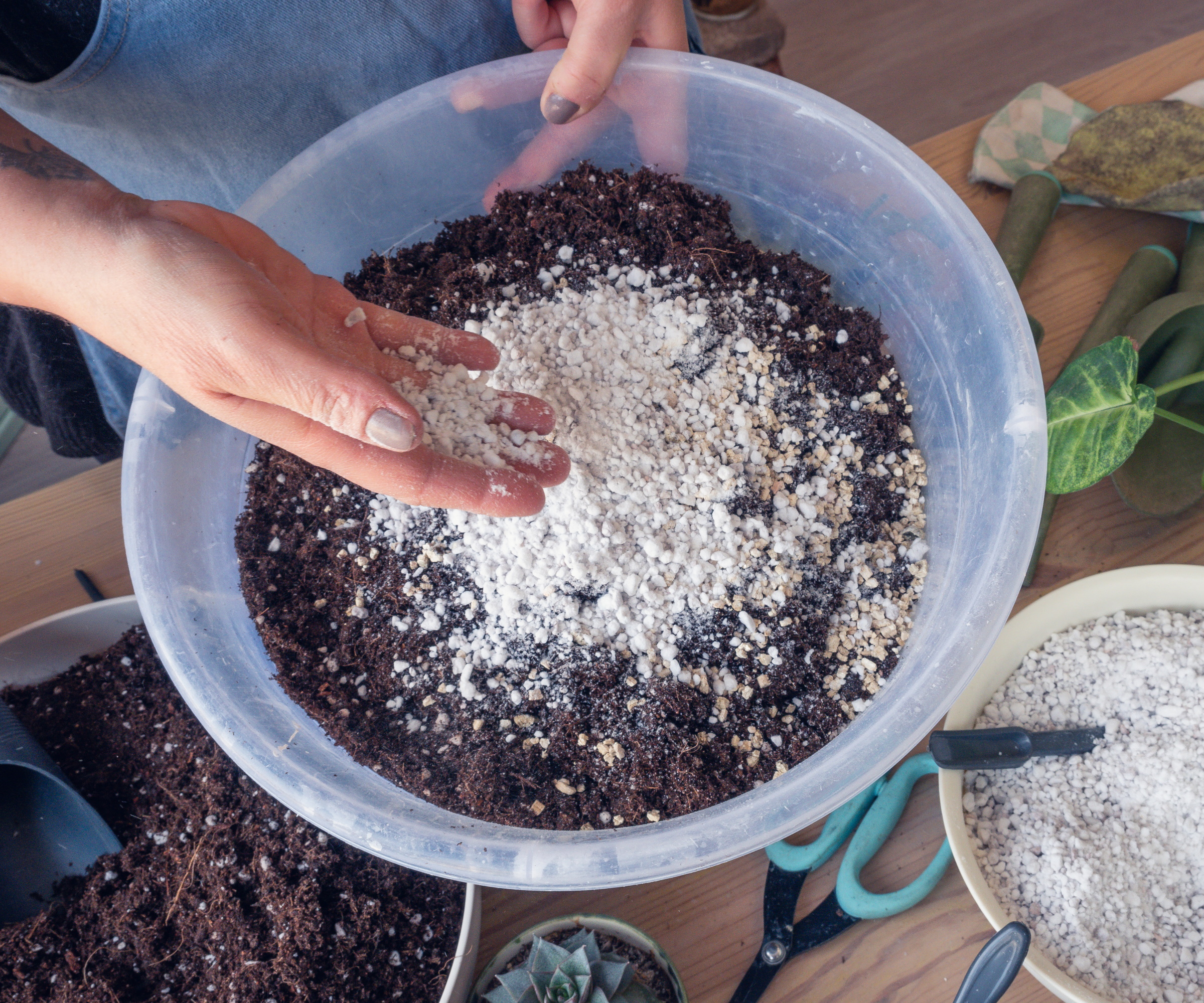
There are lots of ingredients you can use to make peace lily potting mix, but the ones included in our easy recipe are particularly beneficial for these indoor plants that flower all year round. Here's why:
'Peace lilies like water, but need to dry out between watering,' explains Alex. Perlite, pine bark and horticultural charcoal ensure your peace lily has sufficient drainage to do so. This can help stop your peace lily turning yellow.
Likewise, coco coir absorbs excessive moisture and releases it as its needed. This is a sustainable option to peat moss, too. Having these ingredients in place prevents issues like root rot and the build-up of mold and mildew.
Not only this, but using chunkier materials like pine bark and perlite also bring aeration to your peace lily pot and keep the mix quite loose. As a bonus, pine bark has plenty of essential plant nutrients to support peace lily growth.
Meanwhile horticultural charcoal helps repel common houseplant pests. It absorbs the odors and bacteria that often attract pests like fungus gnats. 'It's like a natural antiseptic,' says Anastasia Borisevich of Plantum.
These ingredients will also keep your plant happy after peace lily flowering and through its dormant season before a new flower stem starts to grow.
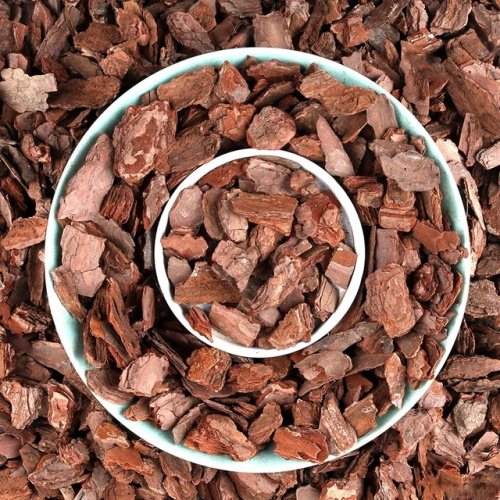
Add this natural pine bark mulch to peace lily potting mix to add drainage and aeration.

Anastasia Borisevich is a resident plant expert for the Plantum app, which helps users identify plant species, diagnose their conditions, and get specific care advice. She has three years of experience consulting on botany-related topics for Plantum (formerly NatureID).
FAQs
What's the best pot for a peace lily?
Peace lilies need good drainage and therefore thrive best in pots with drainage holes. 'Make sure the container suits the size of the root system,' advises Anastasia. Growing a peace lily in a pot that is too small can lead to it becoming pot bound, causing problems like leaves on peace lily turning brown.
Do peace lilies need fertilizing?
Peace lilies benefit from fertilizing during their active growth season when you want to encourage new blooms. Fertilize a peace lily with this peace lily fertilizer from Amazon to give your plant a boost of essential nutrients for growth. Take care not to overfertilize your peace lily, as it could cause problems of root rot and root burn.
If you have any remaining peace lily potting mix, make use of it by propagating your peace lily to grow more of these timeless indoor plants. It's also important to read up on deadheading indoor flowering plants to keep your peace lilies in a healthy condition for new growth.
Sign up to the Homes & Gardens newsletter
Design expertise in your inbox – from inspiring decorating ideas and beautiful celebrity homes to practical gardening advice and shopping round-ups.

Tenielle is a Gardens News Writer at Homes & Gardens. She holds a qualification in MA Magazine Journalism and has over six years of journalistic experience. Before coming to Homes & Gardens, Tenielle was in the editorial department at the Royal Horticultural Society and worked on The Garden magazine. As our in-house houseplant expert, Tenielle writes on a range of solutions to houseplant problems, as well as other 'how to' guides, inspiring garden projects, and the latest gardening news. When she isn't writing, Tenielle can be found propagating her ever-growing collection of indoor plants, helping others overcome common houseplant pests and diseases, volunteering at a local gardening club, and attending gardening workshops, like a composting masterclass.
-
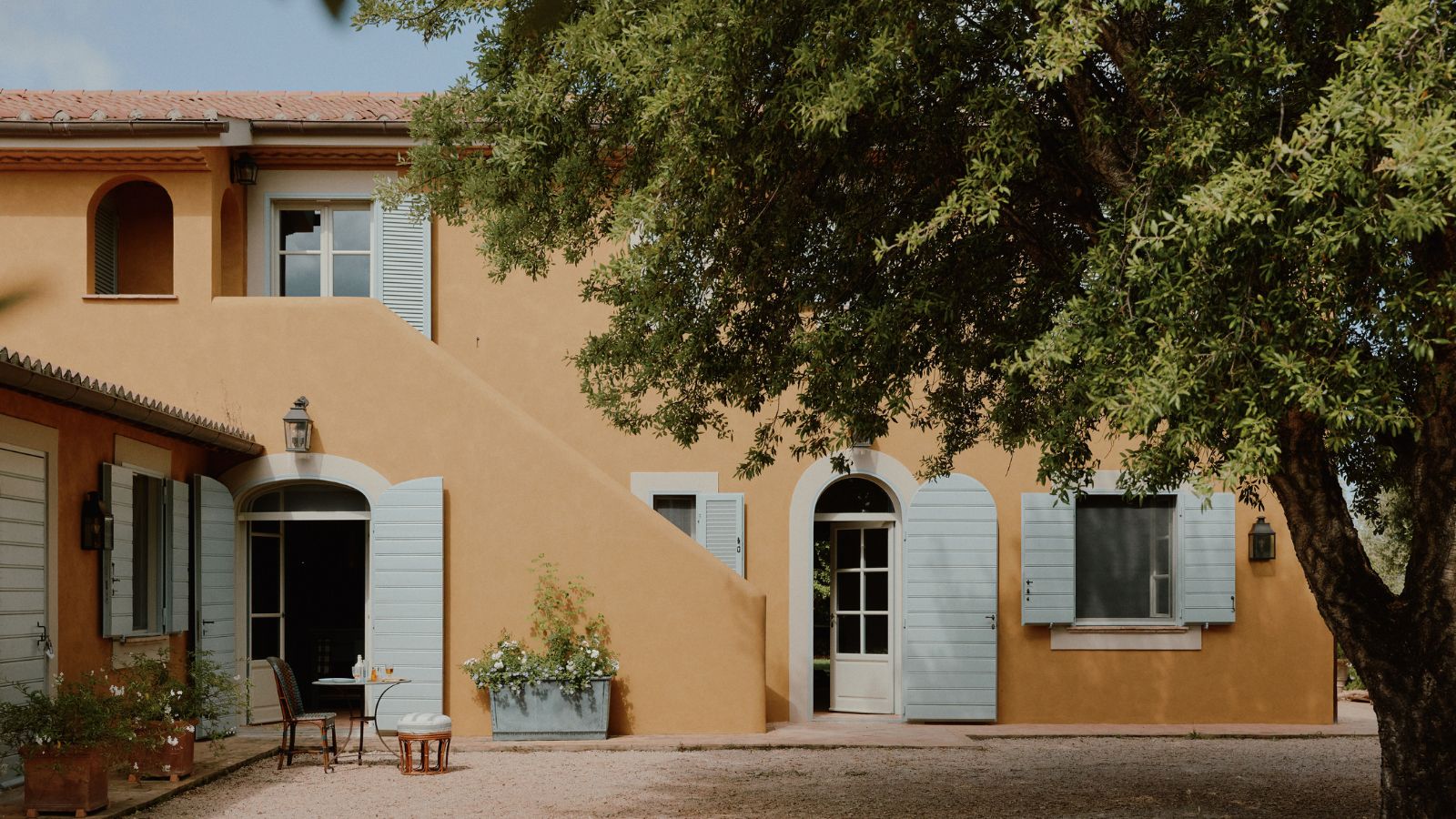 How a British designer brought together the different tastes of a couple wanting to create the dream future-proofed home in the idyllic Italian countryside
How a British designer brought together the different tastes of a couple wanting to create the dream future-proofed home in the idyllic Italian countryside‘They wanted a house that would feel immediately like home the minute they arrived, and somewhere relaxing to spend time together as a family and entertain friends.’
By Fiona McCarthy
-
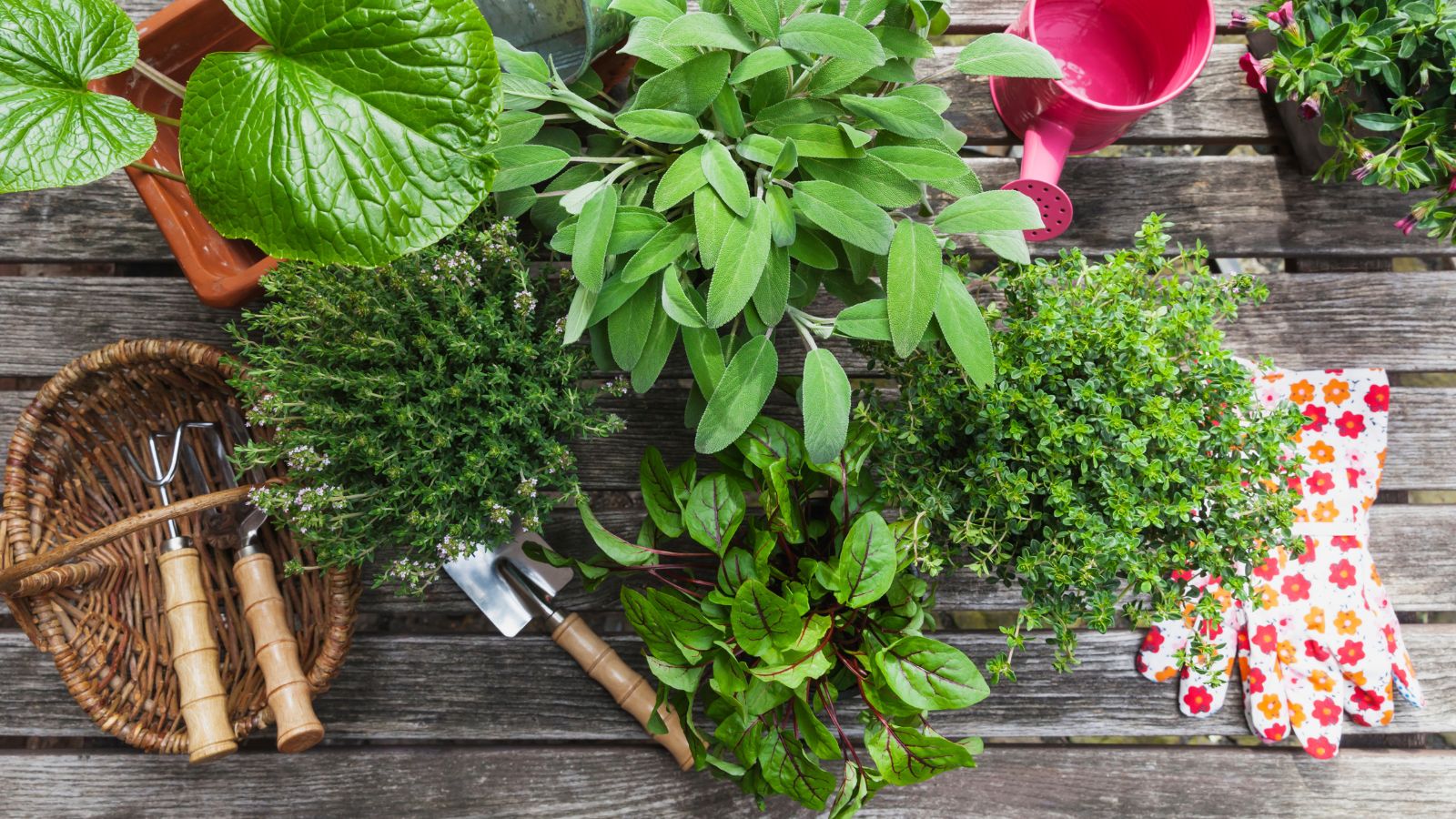 What is your birth month herb? Discover the symbolic meaning behind yours
What is your birth month herb? Discover the symbolic meaning behind yoursHerbs offer symbolic wisdom, and play to the natural rhythms of the season
By Lola Houlton
